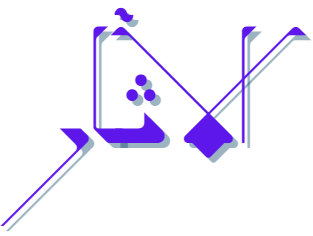سید کاشف رضا کے ناول ”چار درویش اور ایک کچھوا “ کا تکنیکی مطالعہ
A TECHNICAL STUDY OF SYED KASHIF RAZA'S NOVEL "CHAR DARWISH AND EK KUCHWA"
Keywords:
Syed Kashif Raza, Char Darwish Aur Ek Kachhua, Non-linear narrative, Magical realism, Psychological Realism, Postmodernism, Symbolism, Montage technique, Dialogic critique, Diary technique, Psychological violence, Societal critique.Abstract
This article presents a comprehensive technical analysis of Syed Kashif Raza’s Urdu novel Char Darwish Aur Ek Kachhua, exploring its innovative narrative techniques and literary significance. The study examines the novel’s non-linear narrative structure, characterized by a self-aware narrator who challenges conventional storytelling norms, inviting readers to co-construct meaning. It highlights the use of magical realism, symbolized through the character of the tortoise Archimedes, which blends reality and fantasy to critique societal structures. Psychological realism is analyzed through the internal conflicts of characters like Jawed and Bala, revealing their desires and societal pressures. The article also discusses the diary technique, which intertwines personal and historical contexts, and dialogic critique, exemplified in gender debates between characters like Ann and Sadr. Additionally, postmodernism, symbolism, montage, and depictions of psychological violence enrich the novel’s thematic depth. By dissecting these techniques, the study underscores the novel’s contribution to Urdu literature as a philosophical and socially critical text that redefines narrative boundaries.



































